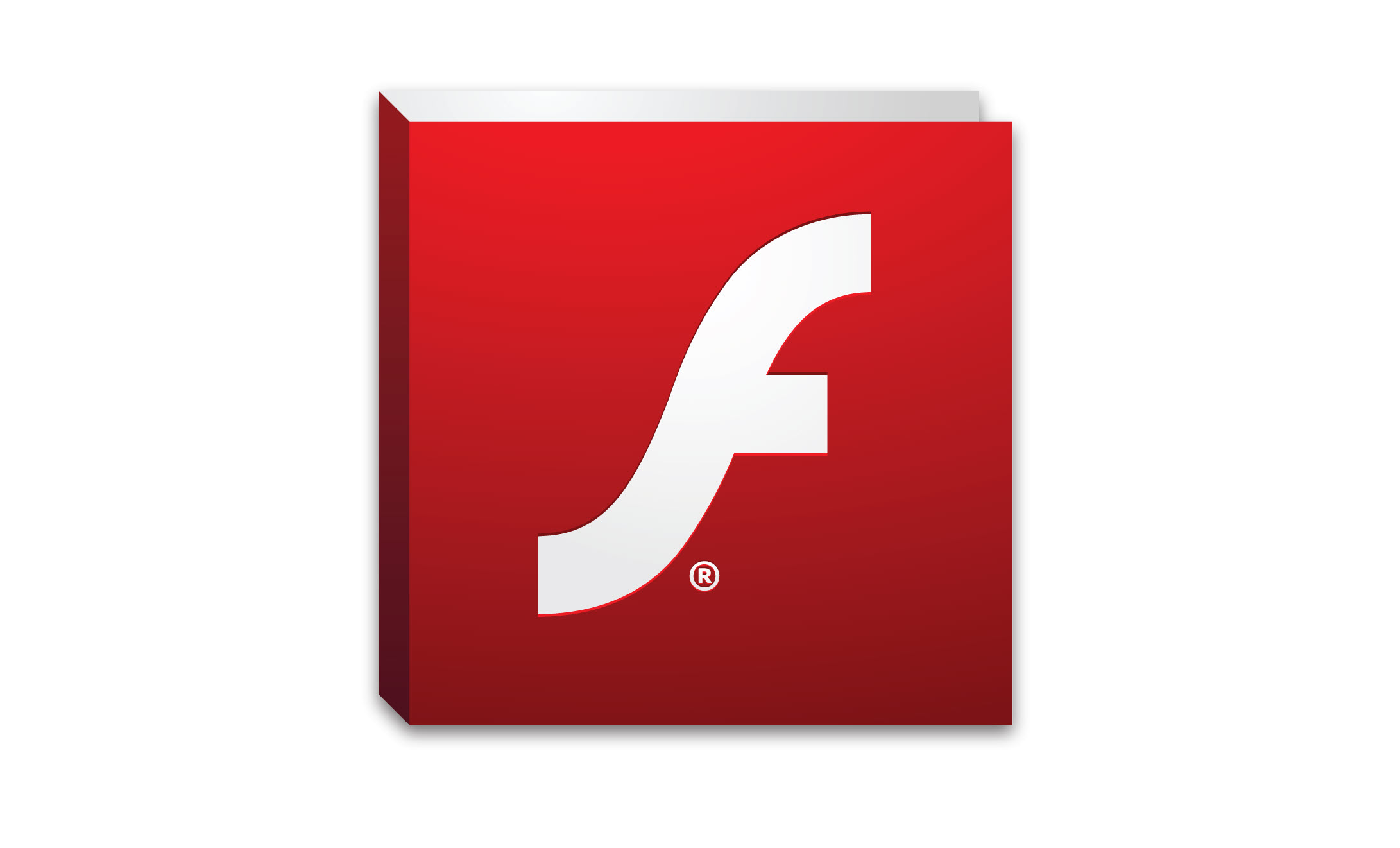Adobe patches ransomware flaw targeting Windows 10
Adobe issues emergency patch for serious Flash flaw


Another week, another Adobe Flash flaw - but this one is more serious than most.
Adobe has rushed out a patch for a zero-day vulnerability that left Windows 10 users at risk of ransomware, saying the flaw is being "actively exploited".
"Adobe has released security updates for Adobe Flash Player for Windows, Macintosh, Linux and ChromeOS," the company said in a security bulletin. "These updates address critical vulnerabilities that could potentially allow an attacker to take control of the affected system."
It advised anyone without automatic updates to manually install the patch.
Paul Ducklin, a security analyst at Sophos, explained in a blog post why the vulnerability was so dangerous.
"The bug allows an attacker to send booby-trapped content to your browser's Flash plugin in such a way that your browser will not only crash, but also hand over control to the attacker in the process," he said.
Infection doesn't require users to take any additional action such as clicking on a button, he noted. "The technical name for that sort of exploit is RCE, short for Remote Code Execution, also known as a drive-by download or a drive-by install, so called because you only need to look at a booby-trapped page to get infected," he added.
Sign up today and you will receive a free copy of our Future Focus 2025 report - the leading guidance on AI, cybersecurity and other IT challenges as per 700+ senior executives
Time to ditch Flash?
Ducklin said that he usually recommends trying to do without Flash, uninstalling it entirely or turning it off in browsers.
However, he admits that provokes two responses. "One response comes from people who express surprise that anyone still bothers with Flash at all, because they've done without it for years and can't see what all the fuss is about," he said. "The other response comes from people who say that many of their regular online haunts still need Flash, and who express surprise that anyone would seriously consider getting rid of it."
If you must use Flash, Ducklin advises keeping it up to date and setting your browser to "click to play" so Flash only runs when you give it permission.
The Flash flaw comes as Microsoft follows the lead of rival browser makers by introducing a Flash blocking feature into its Edge web browser.
"With the Anniversary Update to Windows 10, Microsoft Edge will intelligently auto-pause content that is not central to the web page," John Hazen, principal program manager said in a blog post. "We are planning for and look forward to a future where Flash is no longer necessary as a default experience in Microsoft Edge."
Freelance journalist Nicole Kobie first started writing for ITPro in 2007, with bylines in New Scientist, Wired, PC Pro and many more.
Nicole the author of a book about the history of technology, The Long History of the Future.
-
 Can the ‘microshifting’ trend work in the tech sector?
Can the ‘microshifting’ trend work in the tech sector?In-depth Research shows that employees want to break up their working days into short, flexible blocks – here’s how tech leaders can implement what’s being coined as ‘microshifting’
-
 Driving sustainable AI success for partners with the AI flywheel
Driving sustainable AI success for partners with the AI flywheelIndustry Insights Igniting sustainable AI success and measurable ROI for partners with the AI flywheel
